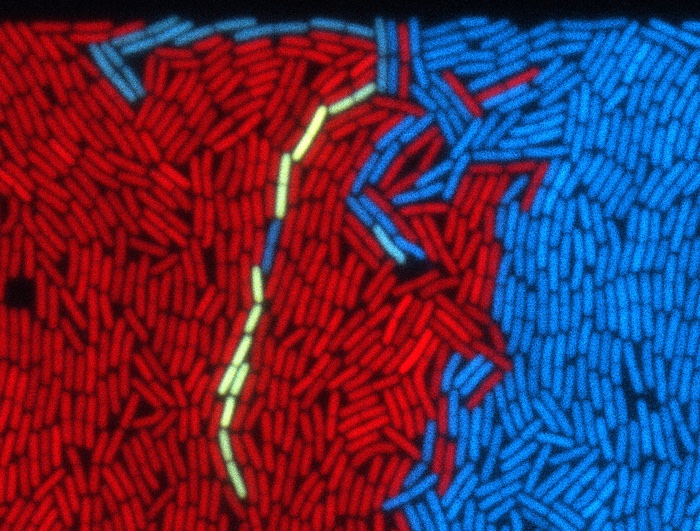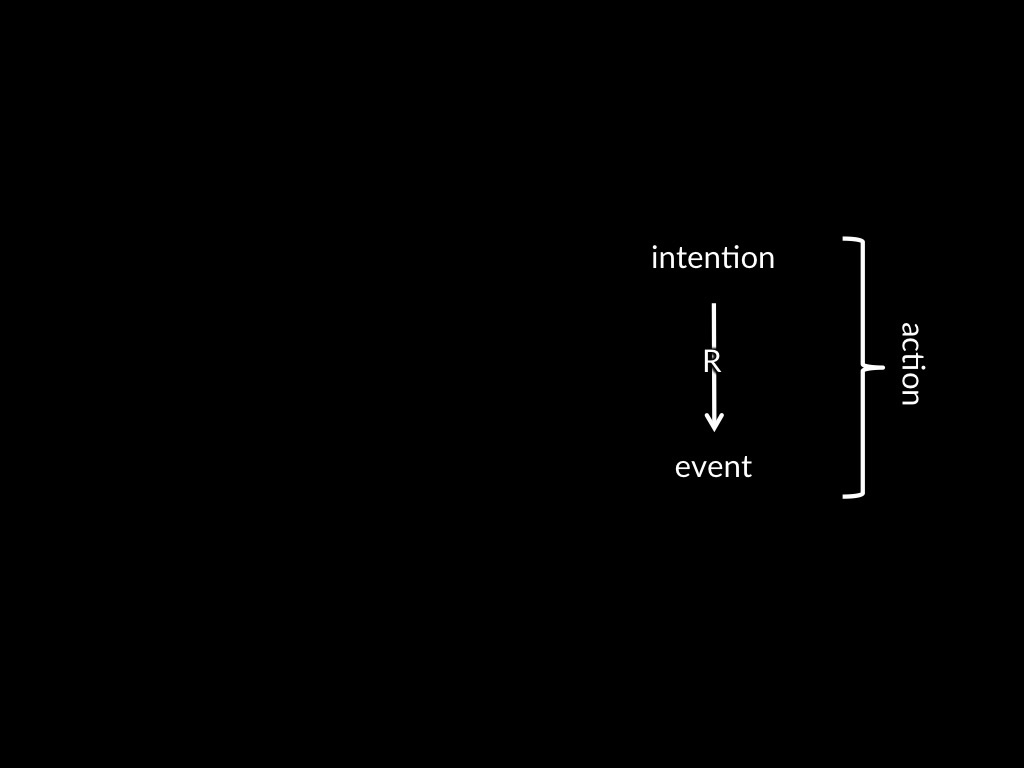Click here and press the right key for the next slide.
(This may not work on mobile or ipad. You can try using chrome or firefox, but even that may fail. Sorry.)
also ...
Press the left key to go backwards (or swipe right)
Press n to toggle whether notes are shown (or add '?notes' to the url before the #)
Press m or double tap to slide thumbnails (menu)
Press ? at any time to show the keyboard shortcuts
Introduction

challenge
Discover why people act,
individually and jointly.

challenge
Discover why people act,
individually and jointly.

challenge
Discover why people act,
individually and jointly.

challenge
Discover why people act,
individually and jointly.

challenge
Discover why people act,
individually and jointly.


What distinguishes your actions
from things that merely happen to you?
Standard Solution
Your actions are those events which stand in an appropriate relation to an intention of yours.
Objection: habitual processes dominate some actions ...
1. The dual-process theory of instrumental action is well supported by evidence.
2. ∴ The dual-process theory of instrumental action is true.
3. ∴ Actions are sometimes dominated by habitual processes.
4. ∴ Actions are sometimes independent of the agent’s intentions.
5. ∴ Not all actions stand in an appropriate relation to an intention.